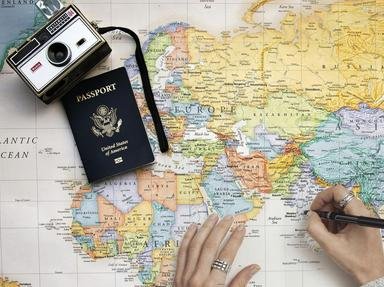Quiz Answer Key and Fun Facts
1. What city in Yemen is situated on the Red Sea, was a principle port for Sanaa, and is a noteworthy source of distinctive coffee beans?
2. In Kent, England, what city was originally established by monks as a port and later became home to an earl who ate his bread and meat stacked together?
3. In Britain, a 9,000-year-old skeleton was discovered near what village that was established near gorgeous limestone caves?
4. In which Italian city could one find the world's oldest university along with the Unipol Tower, Due Torri, and gastronomic specialties like sauce and sausage?
5. What do Austrians call the capital of their country, a place where you can find the Spanish Riding School, Schönbrunn Palace, Mozarthaus, sausages, and schnitzel?
6. What village near Rome contains a papal estate where melons are claimed to have been cultivated?
7. Officially a city since 1272, what Dutch city grew as a major trading center in medieval times, particularly for cheese?
8. Though discovered in the New World, large fowl were raised for European consumption in what country near the eastern Aegean Sea?
9. What area of northeast France has made wine since the days of the Romans, but took centuries to do so on a widespread scale due to repeated wars and military conflicts?
10. Jennings Cox invented a mixed drink near the iron mines around what southern Cuban village?
Source: Author
nautilator
This quiz was reviewed by FunTrivia editor
Tizzabelle before going online.
Any errors found in FunTrivia content are routinely corrected through our feedback system.


